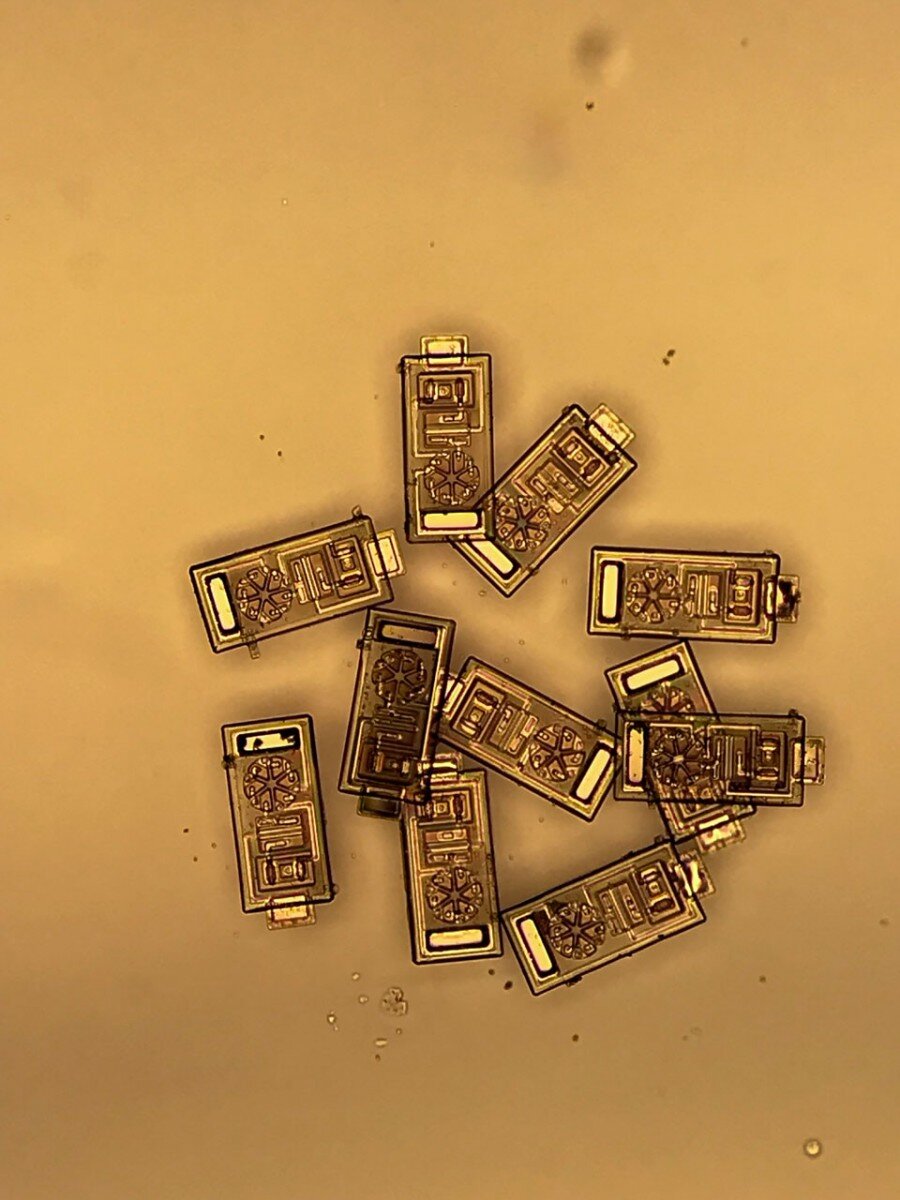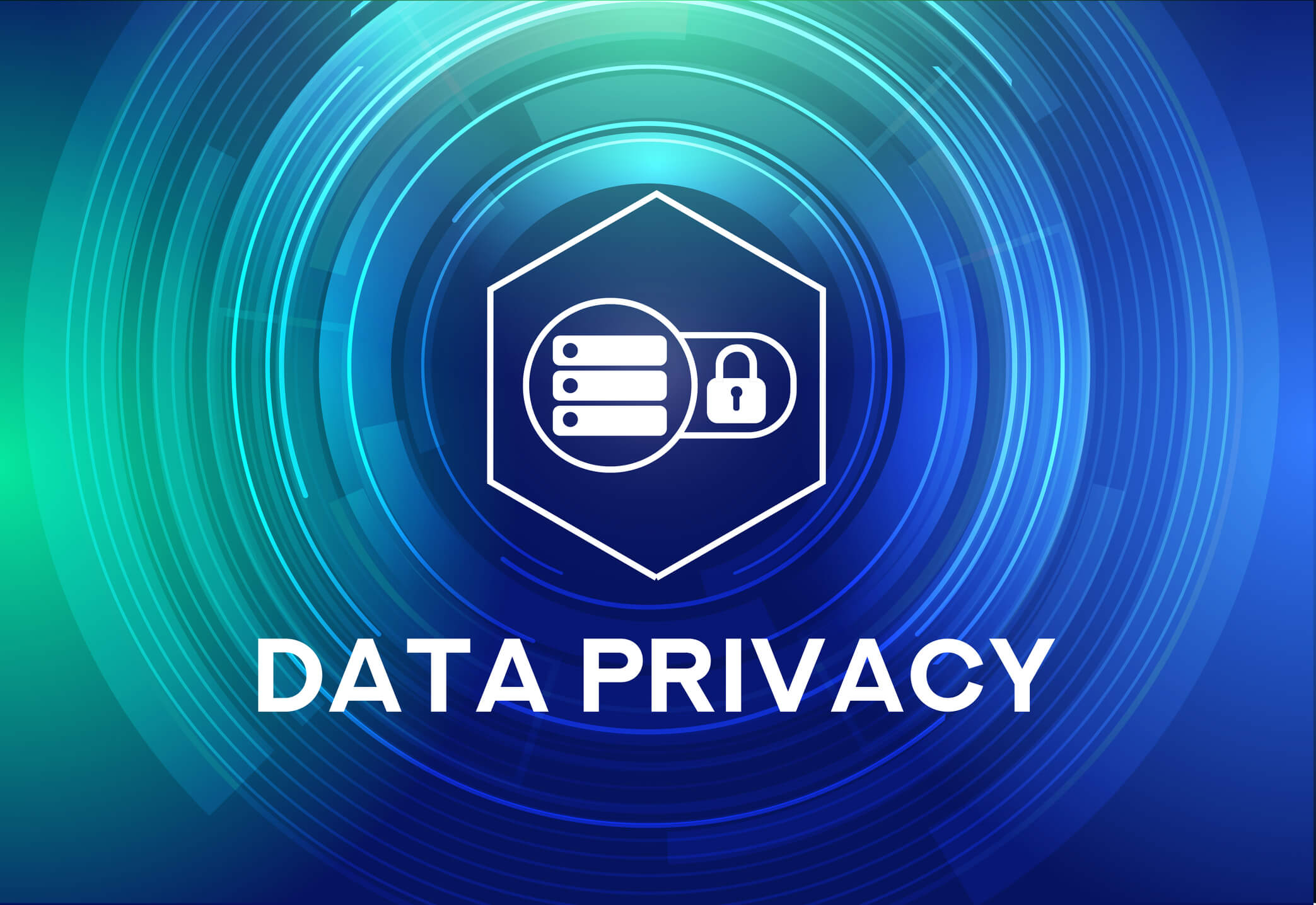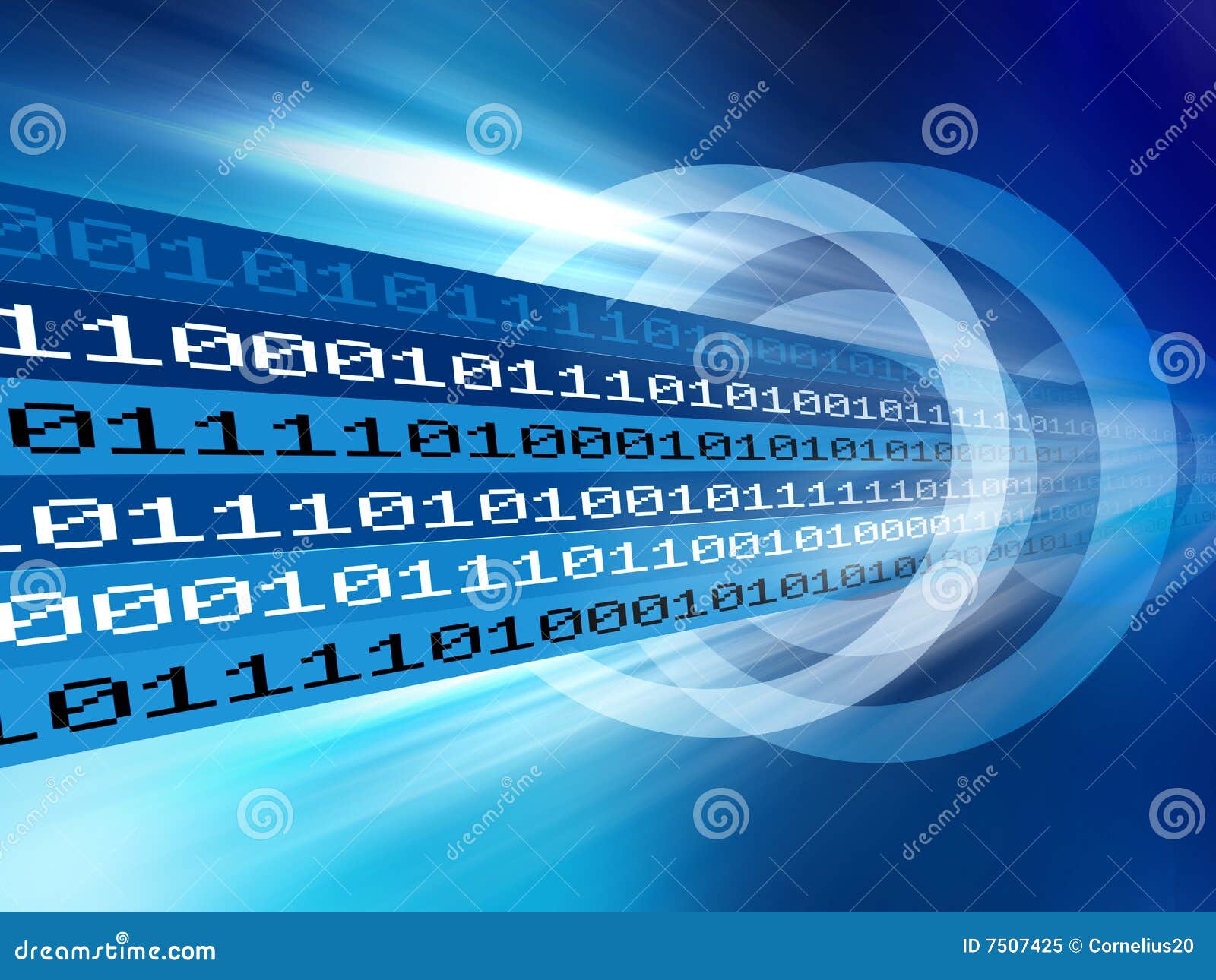
Variations of CSMA use different algorithms to determine when to initiate transmission onto the shared medium. Variations on basic CSMA include addition of collision-avoidance ( CSMA/CA), collision-detection ( CSMA/CD) and collision-resolution techniques. Transmissions by one node are generally received by all other nodes connected to the medium. Using CSMA, multiple nodes may, in turn, send and receive on the same medium. If a carrier is sensed, the node waits for the transmission in progress to end before initiating its own transmission. That is, it tries to detect the presence of a carrier signal from another node before attempting to transmit. Under CSMA, a transmitter uses a carrier-sense mechanism to determine whether another transmission is in progress before initiating a transmission. Other secure transmission services that may be appropriate in some circumstances include transmission using the Purdue VPN solution ( ), secure FTP, and Web (https).System allowing transmitters to take turns on a shared mediaĬarrier-sense multiple access ( CSMA) is a medium access control (MAC) protocol in which a node verifies the absence of other traffic before transmitting on a shared transmission medium, such as an electrical bus or a band of the electromagnetic spectrum. See guidance for electronically stored Voicemail. The use of the University’s secure Filelocker service ( ) is encouraged for the transmission of Restricted Data when it is appropriate to transmit that data. The University does not currently have an enterprise encryption solution. It should always be transmitted using a reliable encryption mechanism, such as NIST-approved encryption.

Examples of open, public networks include but are not limited to the internet, wireless technologies, cellular technologies such as GSM and CDMA, General Packet Radio Service (GPRS), and satellite communications. University Restricted data should never be transmitted over open, public networks without strong encryption. Type: Restricted Requirements: Encryption required Type: Sensitive Requirements: Encryption suggested Type: Public Requirements: No special requirements It includes data transmission over a point-to-point or point-to-multipoint communication channel and communication mechanisms such as email, instant messaging, VoIP, FTP, connections to administrative applications, and wireless or cellular technologies. This category includes almost all electronic communications. Electronic Communications or Digital Data Transmission Purdue Data Users are urged to contact the Data Stewards for guidance in cases that present handling questions or security concerns. For example, if a file contains both Public and Restricted information, then the file should be transmitted according to the Restricted classification. Information should be transmitted in the manner applicable to the highest classification level of data contained in a file or document. It is expected that departments will move toward encrypted transmission options over time and encourage their vendors and exchange agencies to move in this same direction.


Data Users are encouraged to always use the most secure means possible to electronically transmit Purdue data. How information should be transmitted is based upon the category of data that is contained in the electronic file.


 0 kommentar(er)
0 kommentar(er)
